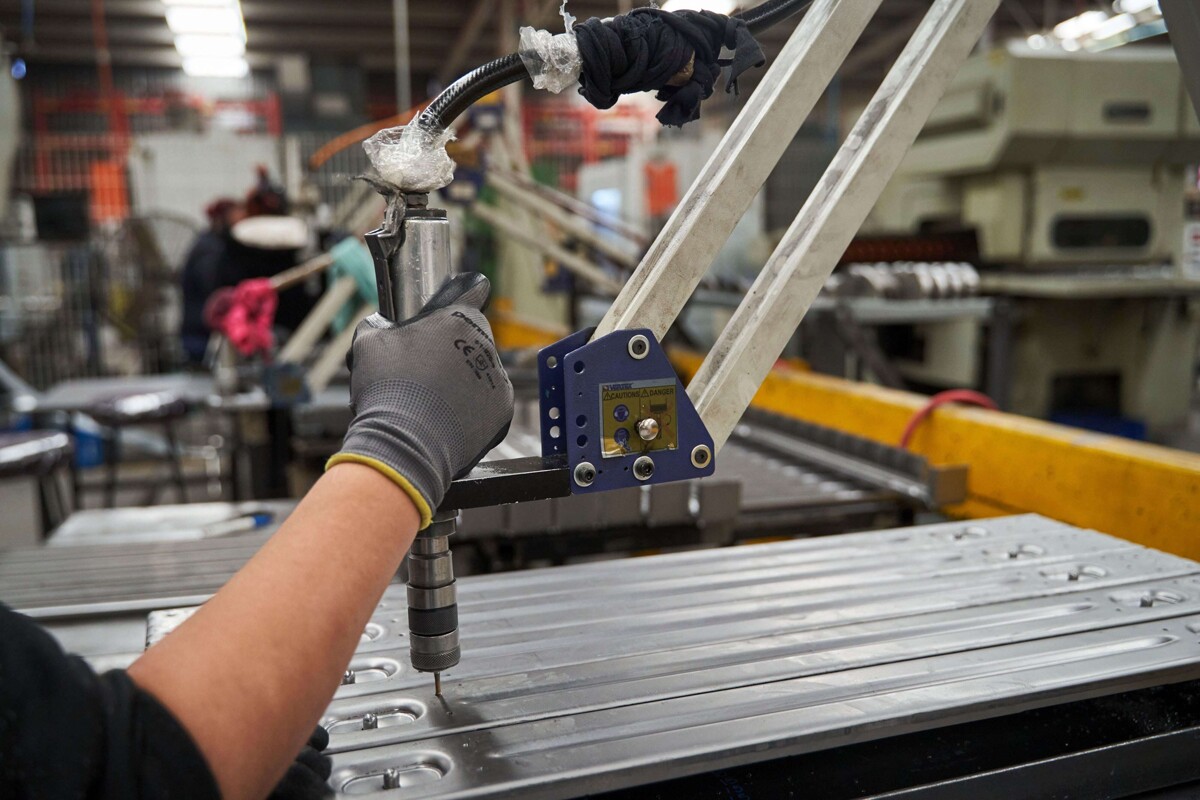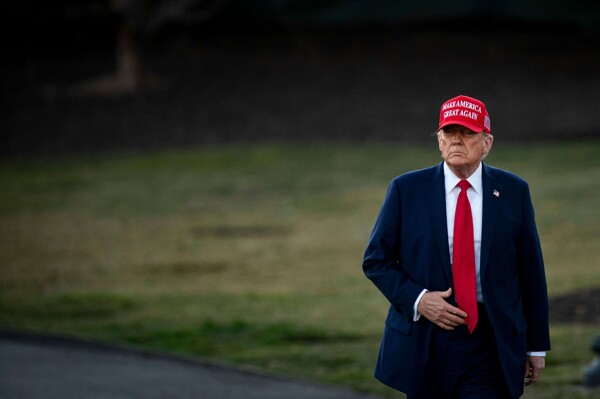
President Trump has once again mentioned the possibility of imposing a 25 percent tariff on imported automobiles, with the United States being the world's largest importer of cars. During his first term, Trump renegotiated agreements with several countries and attempted to reverse the trade deficit unsuccessfully.
The United States has maintained a trade deficit since 1975, reaching $1.202 trillion in 2024. In light of this outlook, one of the alternatives being considered is the establishment of flexible quotas for different industrial sectors to increase the value of Gross Domestic Product (GDP).
In this context, Trump has emphasized the importance of minerals and preferential access as a priority in his administration. Lithium reserves, located mostly in northern Mexico, have been a key point in negotiations.
Trump's tariff threats have impacted the steel and aluminum industry, benefiting U.S. companies at the expense of competitors from Asia and Europe.
Since the beginning of Biden's administration, it has been recommended to increase domestic production as a strategic economic measure, especially in cutting-edge technology sectors.
The executive orders issued by Trump to impose 25 percent tariffs on steel and aluminum imports have been based on the need to maintain high levels of domestic production in these sectors.
Amid these circumstances, it is crucial for Mexico and other countries to seek strategies that promote production, investment, and prevent capital flight to avert possible shortages of inputs and price increases.
The implementation of quotas could incentivize domestic production in various sectors, but it would not resolve the shortage of strategic minerals in the United States. This approach would require detailed and efficient monitoring, as well as greater transparency in customs processes.
In this outlook, it is likely that the announcement of new tariffs will generate similar situations in the near future.













